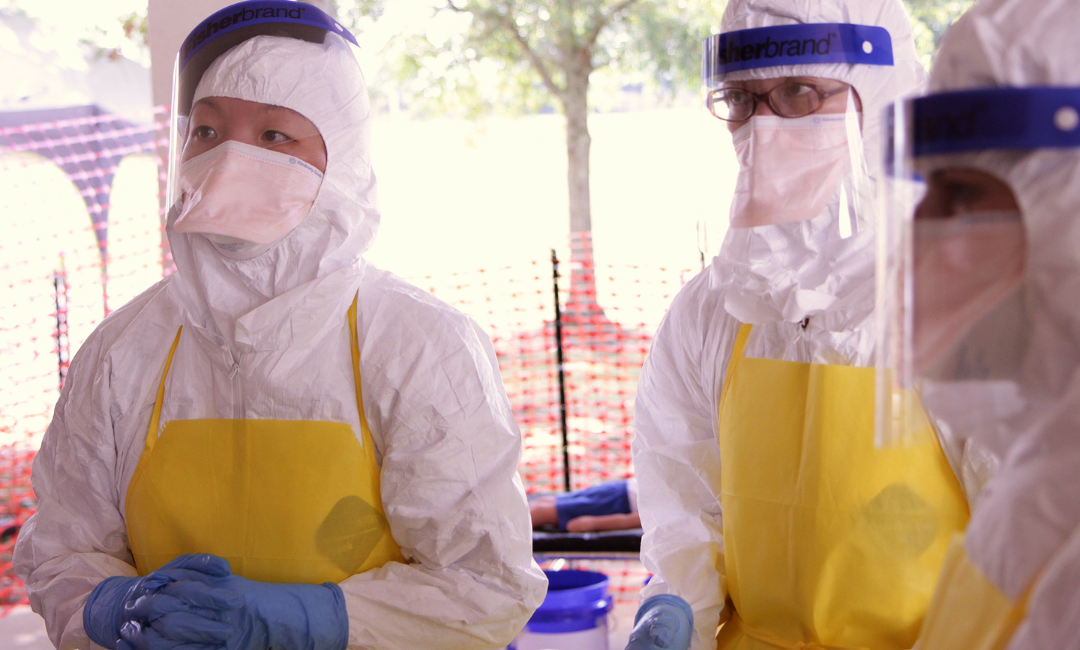What’s in the Nursing Home Staffing Mandate Ruling?
The Minimum Staffing Standards for Long-Term Care Facilities ruling, finalized earlier this month, requires all nursing homes that receive federal funding through Medicare and Medicaid to have staffing ratios of 3.48 hours per resident per day of total staffing. This includes a specific number of registered nurses (0.55 hours per resident per day) and nurse aides (2.45 per resident per day).
“Many facilities would need to staff at a higher level based on their residents’ needs,” the White House stated. “It will also require facilities to have a registered nurse onsite 24 hours a day, seven days a week, to provide skilled nursing care, which will further improve nursing home safety.”
For example, a facility with 100 residents would be required to employ two to three RNs, 10 to 11 nurse aides, and two other nurse staff per shift, according to a White House fact sheet.
Funding is not included in the ruling, but a federal nursing home staffing campaign is expected to include more than $75 million to help states with recruiting to meet the requirements.
What’s the concensus?
Speaking during an April 22 roundtable discussion on nursing home care, Vice President Kamala Harris said the majority of nursing homes are federally funded, and of those, an estimated 75% are understaffed.
“And understand what that means for the resident of that nursing home,” Harris said. “It means that there may be no one available to help them out of bed. It means there may be no one available when they fall. It means that they will receive less medical attention because the workers — the care workers in that facility are going from room to room, from resident to resident, and understaffed in terms of giving folks what they want to give in terms of level of care.”
But Stacey Hughes, executive vice president of the American Hospital Assocation, said in a statement that the process of “safely staffing” healthcare facilities is about more than hitting an “arbitrary number set by regulation.”
“It requires clinical judgment and flexibility to account for patient needs, facility characteristics and the expertise and experience of the care team,” Hughes said.
The one-size-fits-all approach, according to Hughes, creates more problems than it solves and could jeopardize access to care, particularly in rural or underserved areas. She also said that trying to meet the federal requirements could cause some institutions to “reduce capacity or close outright.”
The American Health Care Association/National Center for Assisted Living (AHCA) called the mandate possibly “well intentioned,” but said it’s an unreasonable standard. Staffing minimums are a “20th Century solution for a 21st Century problem,” according to AHCA President and CEO Mark Parkinson.
“Issuing a final rule that demands hundreds of thousands of additional caregivers when there’s a nationwide shortfall of nurses just creates an impossible task for providers,” Parkinson said. “This unfunded mandate doesn’t magically solve the nursing crisis.”
However, the American Nurses Association issued a statement in support of the new staffing standards.
“No one wants to send a loved one to an understaffed health care facility, yet despite this, long-term care facilities have been chronically understaffed. Speaking personally, my own grandmother spent the last few months of her life in a nursing home. Despite private care, my mother visited multiple times a day to ensure she had her basic ADLs met and that she was being adequately provided for,” said ANA President Jennifer Mensik Kennedy, PhD, MBA, RN, NEA, FAAN. “The elderly deserve our support through adequate care. For the first time, a minimum staffing requirement for nursing homes has been implemented on a federal level, and we are hopeful that this rule will provide support and resources for overworked nurses in LTC facilities that will only improve the care residents receive.”
One aspect of the ruling — that acn RN be on-site 24/7 — has been one of ANA’s advocacy missions.









